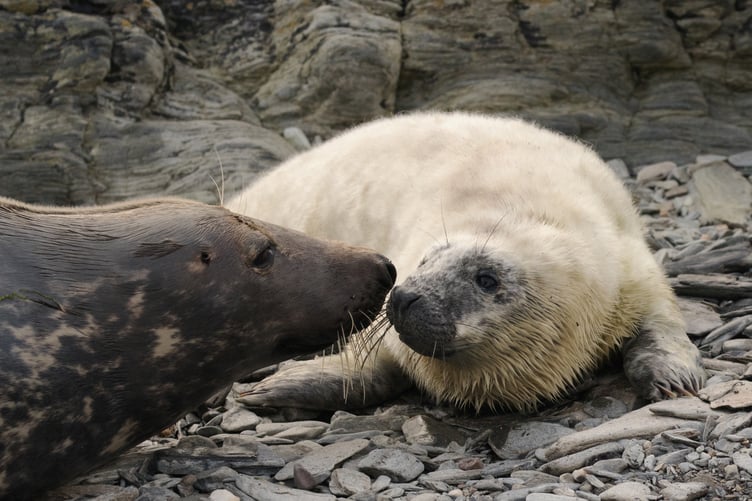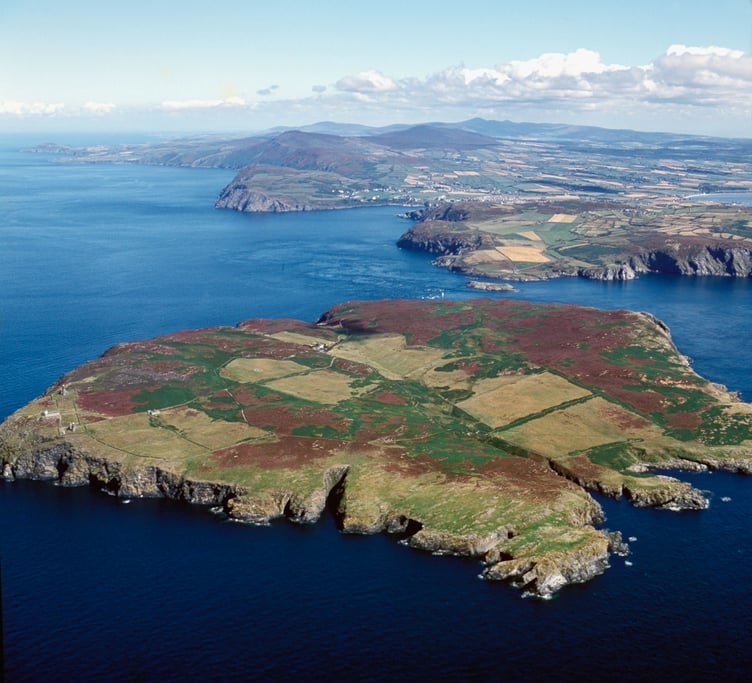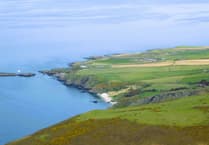In this month’s Manx Wildlife Trust column, Lara Howe takes a look at the Manx Marine Nature Reserve of the Calf of Man and Wart Bank.
The Calf of Man, owned by Manx National Heritage (MNH), is better known as a ‘bird observatory’ and terrestrial nature reserve, but its waters are also important for a diversity of marine species and habitats - some of which are of international importance.
The waters around the island are rich in nutrients which support a variety of fish, crustaceans, and molluscs. These marine resources, in turn, attract seabirds, seals, and other marine mammals, making the reserve a vital hotspot for biodiversity.
Located at the southwestern tip of the Isle of Man, the Calf of Man covers an area of about 250 hectares (620 acres) and is primarily composed of rugged cliffs, heathland, and grassland.
It is separated from the main island by the narrow Calf Sound, a body of water known for its strong tidal currents up to six knots. The Marine Nature Reserve (MNR) covers 20.15km2 which includes the adjacent Wart Bank, a submerged sandbank.
The island itself is an important breeding ground for seabirds, including species such as puffins, guillemots, razorbills, and Manx shearwaters, the latter being particularly significant given the Isle of Man's connection to this species.
Manx shearwaters, which migrate from South America, return to the Calf of Man each spring to nest in burrows dug into the island's grassy hillsides.

As a result of a collaborative effort by MNH and Manx Wildlife Trust (MWT), along with other supporters, Manx Shearwater numbers are increasing as a result of a rat eradication programme that started in 2012.
In addition to this, MWT has implemented a reintroduction programme for puffins since 2016, which involves 100 decoy puffins and a speaker system being deployed each breeding season. Only one breeding attempt has been recorded in 2021, but sightings around the Calf have recently increased.
The waters around the Calf of Man are home to a wide range of marine mammals, including seals, minkes, and Risso’s dolphins. However, it is also known for its smaller inhabitants such as colourful colonies of jewel anemones, corals, fish and hydroids.
In shallower water there are also kelp forests, which provide shelter and feeding grounds for other marine organisms.
The adjacent Wart Bank is a shallow area of sand and gravel that supports a variety of fish species, such as sandeels, which many seabirds and cetaceans rely on. It is a favourite amongst local and visiting divers for its diversity and beauty.
The Calf of Man’s coast is also an important pupping site for Atlantic Grey seals, with pupping currently under way. MWT has been monitoring their numbers and survivability since 2009, from September to November, under licence.
A large increase seen in 2023 was partly a result of the use of a thermal camera that helped us spot the pups in more of the inaccessible areas. This has resulted in MWT purchasing a thermal drone to help observe the seal from a greater distance, and it is proving to be incredibly useful.




